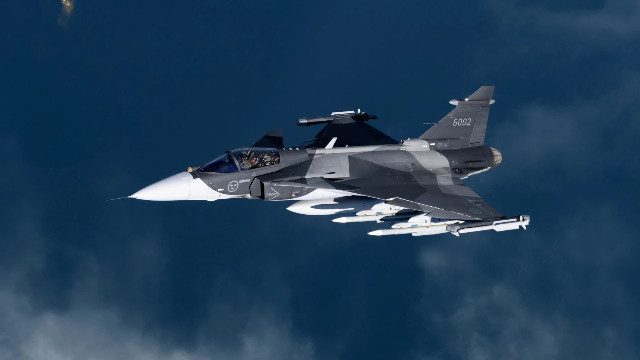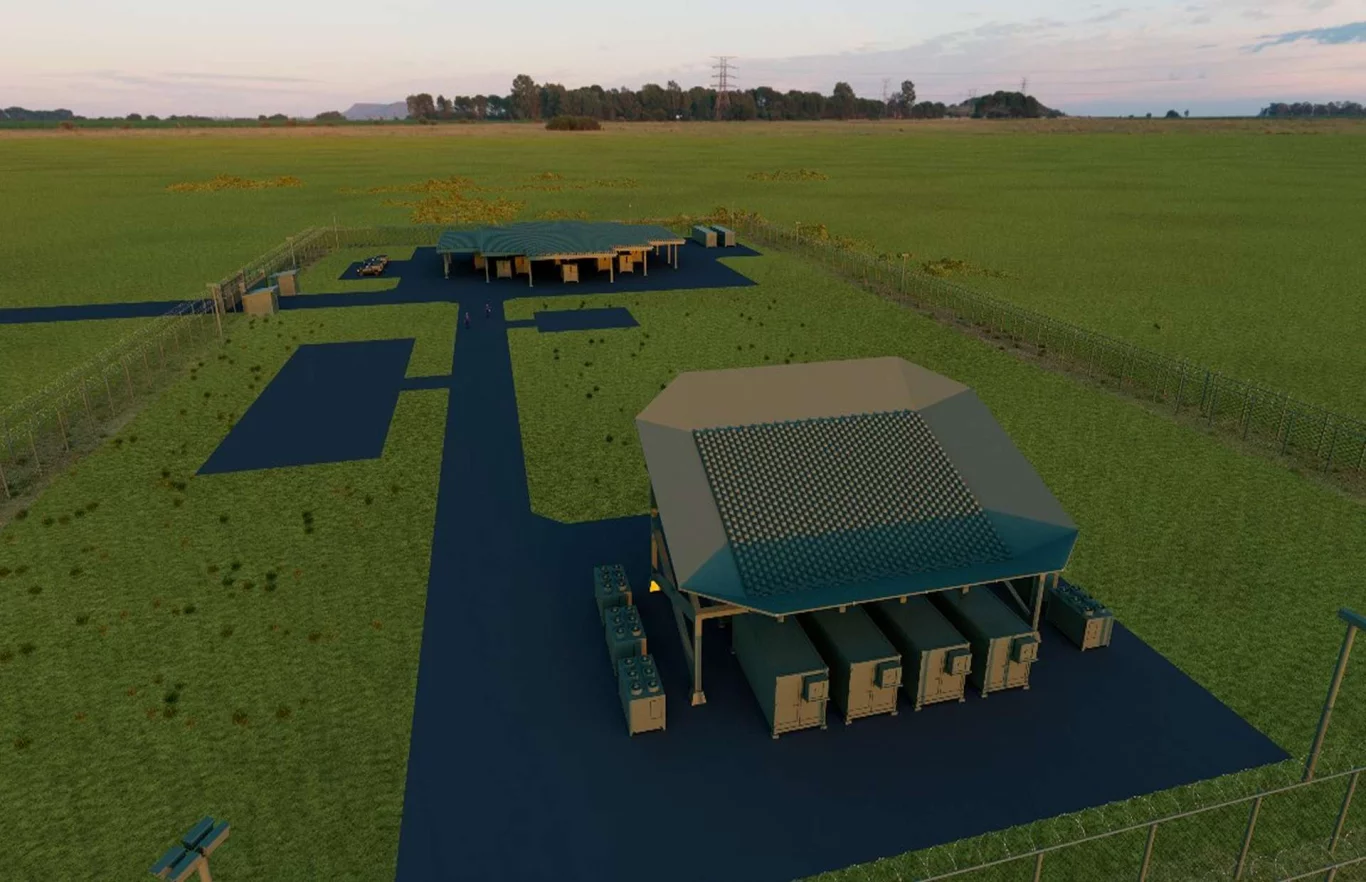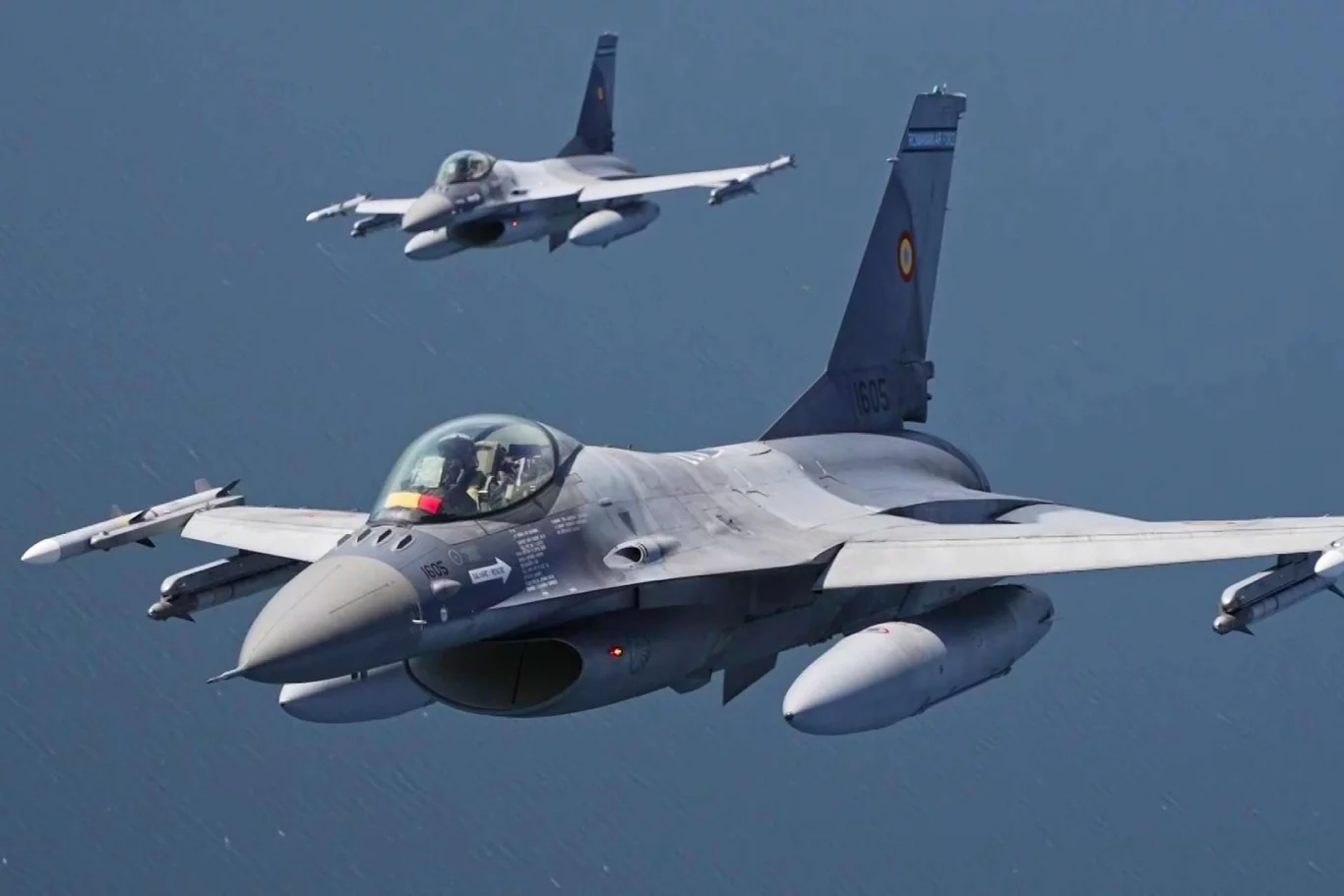Colombia’s Air Force Signals Modernization with Gripen E and KC-390 at F-AIR 2025
At the F-AIR 2025 air show, held from July 9 to July 13 at José María Córdova International Airport in Rionegro, Antioquia, Colombia’s air force showcased a bold vision for modernization, spotlighting the Swedish Saab JAS 39 Gripen E fighter jet and the Brazilian Embraer KC-390 Millennium transport aircraft. The event, a vibrant display of aviation prowess, drew thousands of spectators, defense officials, and enthusiasts to the scenic hills near Medellín, where the Colombian Air Force, officially known as the Fuerza Aeroespacial Colombiana, demonstrated its commitment to upgrading its aging fleet. President Gustavo Petro’s symbolic climb into the cockpit of a Gripen E underscored strong political support for an impending deal to acquire these advanced fighters, with a contract signing anticipated in September 2025. This move aims to replace the outdated Israeli-made Kfir jets, in service since the 1980s, which struggle to meet modern operational demands amid Colombia’s internal security challenges and regional tensions.
The air show featured dynamic performances by two Gripen E jets from the Brazilian Air Force, alongside a KC-390, which captivated audiences with their agility and power in tightly choreographed formations. While Colombia showcased its own assets, including AH-60 Black Hawk helicopters and Texan T-6 trainers, the Swedish and Brazilian aircraft dominated attention, signaling a potential shift in the nation’s defense procurement strategy. Saab’s immersive exhibit, featuring a full-scale Gripen E replica, allowed visitors to explore its advanced cockpit and systems, while Embraer highlighted the KC-390’s versatility for both combat and humanitarian missions. The presence of Sweden’s Defense Minister Pål Jonson at the opening ceremony emphasized the strategic importance of the event, as Sweden deepens defense ties with Latin America, positioning Colombia as a key partner in this evolving relationship.
The Gripen E represents a transformative upgrade for Colombia’s air force. This single-engine multirole fighter is equipped with the Raven ES-05 active electronically scanned array radar, capable of detecting and tracking multiple targets at long ranges with exceptional precision. Its arsenal includes MBDA’s Meteor beyond-visual-range air-to-air missiles, with a range exceeding 100 miles, surpassing many competitors in air superiority engagements. For close-range combat, the Gripen E employs IRIS-T infrared-guided missiles, offering agile and accurate targeting. The jet also supports air-to-ground missions with precision-guided munitions like the GBU-39 small-diameter bomb, ideal for striking fortified targets with minimal collateral damage. With ten hardpoints and a payload capacity of up to 15,900 pounds, the Gripen E offers unmatched flexibility for diverse operational needs, from intercepting drug-running aircraft to conducting precision strikes in Colombia’s rugged terrain.
Compared to heavier fighters like the Russian Su-30 or the American F-15, the Gripen E prioritizes cost-efficiency, with maintenance costs roughly half those of its rivals, according to Saab’s data. Powered by the General Electric F414 engine, shared with the U.S. Navy’s F/A-18 Super Hornet, it delivers 22,000 pounds of thrust, achieving a top speed of Mach 2 and a combat radius of approximately 500 miles. Recent advancements, including the integration of Saab’s AI-based Centaur system, enhance pilot situational awareness by processing vast sensor data in real time, enabling faster decision-making in complex battlespaces. The jet’s network-centric design integrates seamlessly with ground stations, satellites, and other aircraft, creating a unified battlefield picture critical for Colombia’s needs. The nation faces ongoing threats from drug cartels and insurgent groups, requiring aircraft capable of intercepting low-flying planes used for trafficking and conducting strikes in challenging environments. The Gripen E’s ability to operate from short runways, common in Colombia’s remote regions, makes it an ideal fit.
The KC-390 Millennium complements the Gripen E by addressing Colombia’s need for a modern tactical airlifter. Capable of carrying 26 tons of cargo, it surpasses the performance of Colombia’s aging C-130 Hercules fleet. Powered by Rolls-Royce AE 2100 engines, the KC-390 achieves a cruising speed of 470 knots and a range of 2,000 nautical miles with a full load. Its air-to-air refueling capability extends the operational range of fighters like the Gripen E, critical for patrolling Colombia’s extensive borders. The aircraft’s fly-by-wire system ensures precise handling, even on unpaved airstrips in the Amazon, while its electronic intelligence suite, including radar warning receivers and communication-jamming capabilities, counters threats from insurgent networks. The KC-390’s versatility allows it to switch roles rapidly, from troop transport to humanitarian aid delivery, as demonstrated in Brazil’s wildfire response missions, offering a model for Colombia’s disaster-prone regions.
Colombia’s pursuit of the Gripen E follows years of deliberation to replace the Kfir jets, which rely on outdated technology and incur high maintenance costs. By 2022, Colombia evaluated alternatives like the French Dassault Rafale and the American F-16 Block 70, but the Gripen E’s cost-effectiveness and advanced technology prevailed. President Petro’s announcement on April 3, 2025, via a post on X, confirmed the selection, citing the jet’s balance of capability and affordability. Defense Minister Iván Velásquez outlined plans to acquire 16 to 24 Gripen E/F jets, with negotiations set to finalize in September. This acquisition aligns with Colombia’s strategy to counter regional threats, particularly from Venezuela’s Su-30 fleet, equipped with long-range R-77 missiles. The Kfir’s limited radar range and payload cannot compete, while the Gripen E’s superior radar and weaponry offer a strategic advantage, despite its lighter frame carrying less payload than the Su-30’s 17,600 pounds.
F-AIR 2025 served as a platform to showcase Colombia’s military ambitions. The biennial air show featured not only the Gripen E and KC-390 but also the U.S. Air Force’s F-16 Viper Demo Team, highlighting the American jet’s power. The contrast between the F-16 and Gripen E underscored their differing philosophies: the F-16 emphasizes raw power, while the Gripen prioritizes efficiency and integration. Brazil’s participation, with two Gripen E jets and a KC-390, highlighted the platforms’ regional adoption, as Brazil operates 36 Gripens under the F-39E designation, integrating them with A-29 Super Tucano aircraft for drug interdiction missions—a tactic Colombia could emulate. The KC-390’s role in Brazil’s humanitarian efforts, such as delivering 50 tons of supplies during 2023 Amazon flood relief, offers a blueprint for Colombia’s remote operations.
Sweden’s role as the guest of honor at F-AIR 2025, marked by Defense Minister Jonson’s attendance and talks by Gripen pilot Jussi Halmetoja, reinforced the deepening partnership with Colombia. Saab’s offer includes local production through Embraer in Brazil, potentially creating jobs and reducing costs, mirroring Peru’s $3.5 billion deal for 24 Gripen E jets, finalized in July 2025. Peru’s contract, funded through loans from Banco de la Nación, outmaneuvered bids from Lockheed Martin and Dassault, highlighting Saab’s competitive edge in Latin America. The deal includes technology transfers, a factor likely influencing Colombia’s decision. By contrast, Argentina’s attempt to acquire Gripens was thwarted by a British veto over U.K.-made components, pushing Buenos Aires toward secondhand F-16s.
The Gripen E’s success in Latin America stems from its balance of capability and affordability. Unlike the Rafale, which offers advanced weaponry like the SCALP cruise missile but requires complex maintenance, the Gripen E simplifies logistics with its single-engine design, reducing fuel consumption—a critical factor for Colombia’s budget-conscious military. Compared to South Korea’s KF-21 Boramae, priced at $110 million per unit, the Gripen E’s estimated cost of $93 to $102 million offers better value, though some analysts debate its performance relative to price. Its network-centric warfare system, integrating with satellites and ground radar, aligns with modern air combat trends, where data sharing often outweighs raw firepower. For Colombia, this enhances coordination with ground forces combating groups like the ELN in dense jungles.
The KC-390’s role is equally transformative. Its ability to deliver 80 paratroopers or three armored vehicles addresses Colombia’s need for rapid deployment. At F-AIR 2025, the aircraft demonstrated its short-takeoff capability on a 4,000-foot runway, a feat unmatched by the C-130, suiting Colombia’s geography with its short, unpaved airstrips. The KC-390’s electronic warfare suite counters portable anti-aircraft systems used by insurgents, enhancing operational security. Embraer’s push to market the KC-390 to the U.S. Air Force, with plans for U.S.-based production, underscores its global appeal, while its dual combat and humanitarian roles align with Colombia’s needs.
Historically, Colombia’s air force has been pivotal in counterinsurgency, with Kfir jets conducting strikes against FARC rebels in the 1990s and 2000s. However, incidents like a 2018 Kfir crash due to mechanical failure highlight the fleet’s obsolescence. The air force intercepts dozens of illegal aircraft annually, often drug-running planes, as seen in a March 2025 video of a Kfir chasing a Cessna toward Costa Rica. The Gripen E’s advanced radar and speed would enhance these missions, while the KC-390 could deploy ground teams rapidly, as demonstrated in Brazil’s 2023 Amazon relief efforts.
Regionally, Colombia’s modernization reflects a broader arms race. Peru’s $3.5 billion Gripen deal, announced before F-AIR 2025, positions Saab as a dominant player, while Chile’s F-16s and Venezuela’s Su-30s underscore competitive dynamics. The Gripen E’s lighter design sacrifices payload for agility, making it less suited for prolonged air superiority compared to the Su-30, but its lower cost and 24-month delivery timeline—versus 36 months for the Rafale—make it pragmatic. The KC-390’s edge over the Airbus A400M lies in its lower price and proven performance, with Hungary and Portugal adopting it for similar roles.
Colombia’s shift toward Swedish and Brazilian platforms signals a diversification from U.S. dominance in defence procurement, aligning with Latin America’s trend, as seen in Peru’s rejection of the F-16 and Rafale. Challenges remain, including training pilots and technicians for these advanced systems, a process that could take years. The Gripen E’s U.S.-made engine raises potential export restriction concerns, though Defense Minister Velásquez cited Saab’s assurances. Colombia’s air force stands at a crossroads, with the Gripen E and KC-390 promising to transform its capabilities. F-AIR 2025 marked a turning point, but success hinges on swift integration to counter regional and internal threats, shaping Colombia’s defense strategy for decades.




